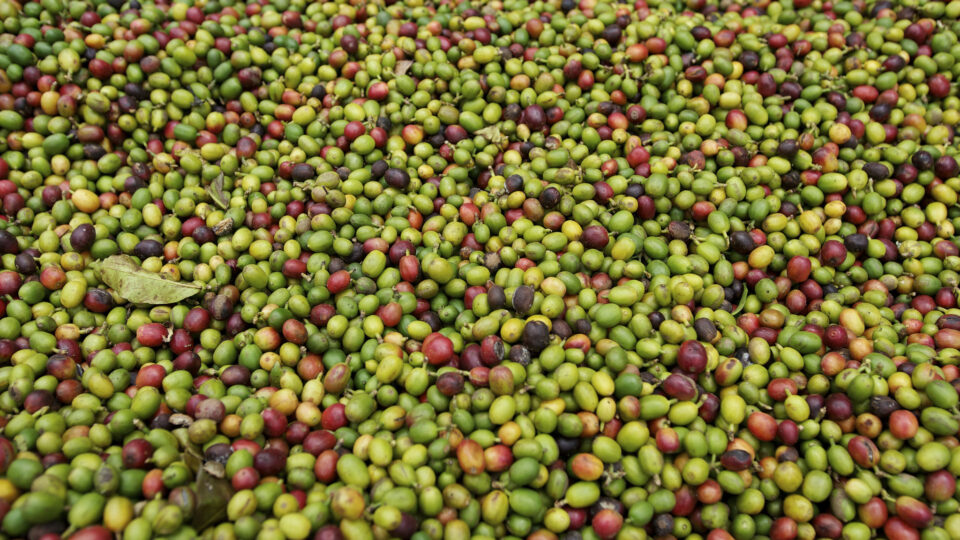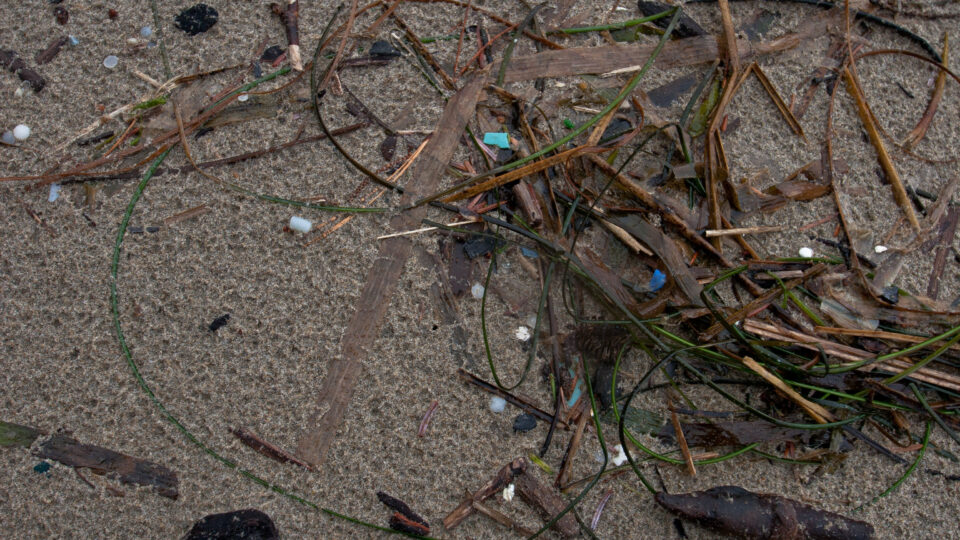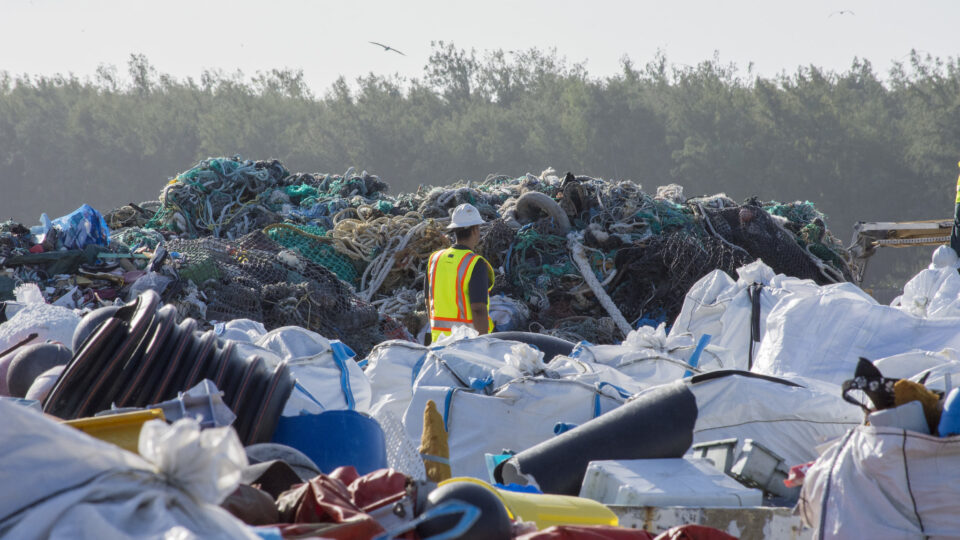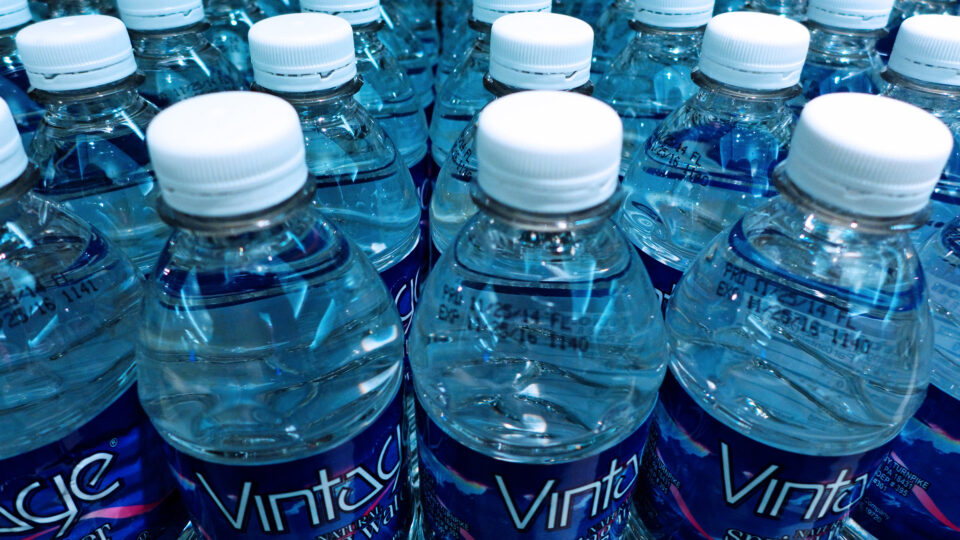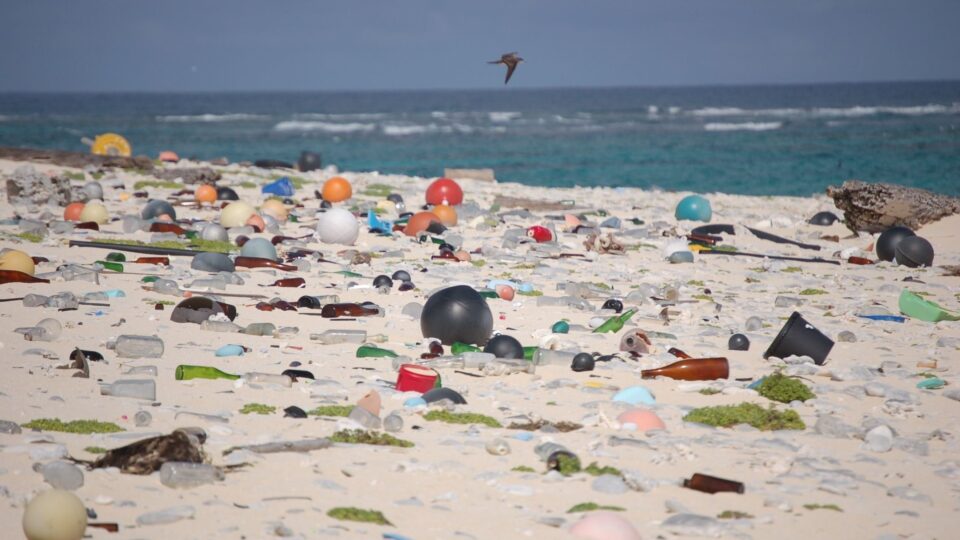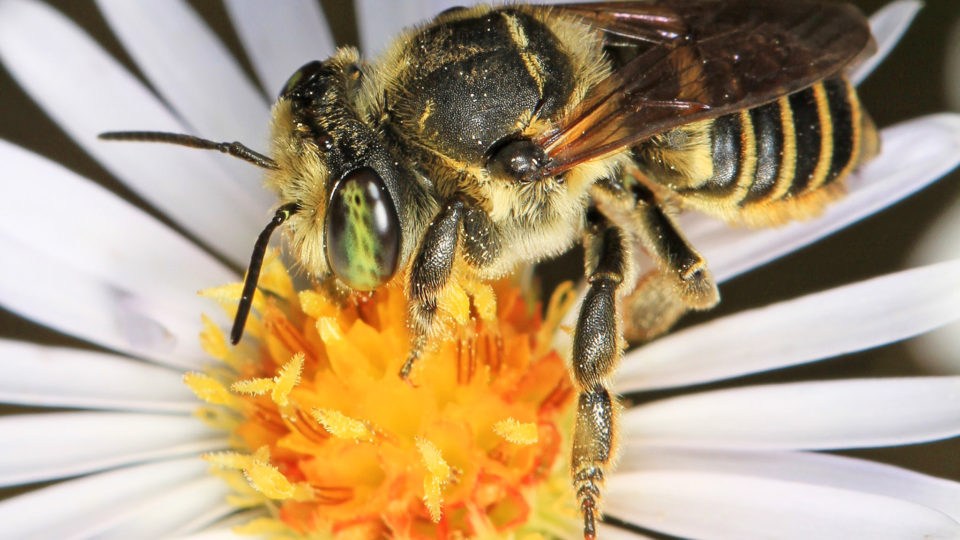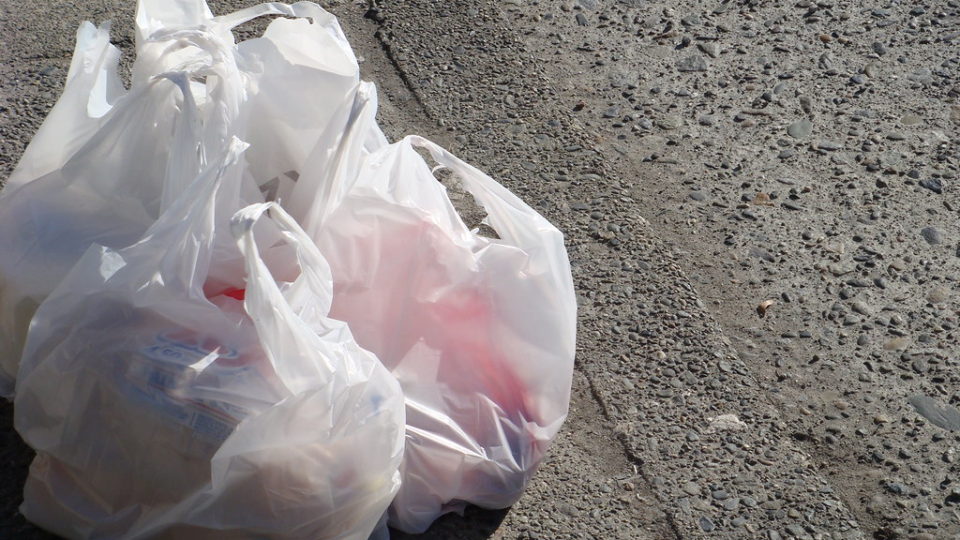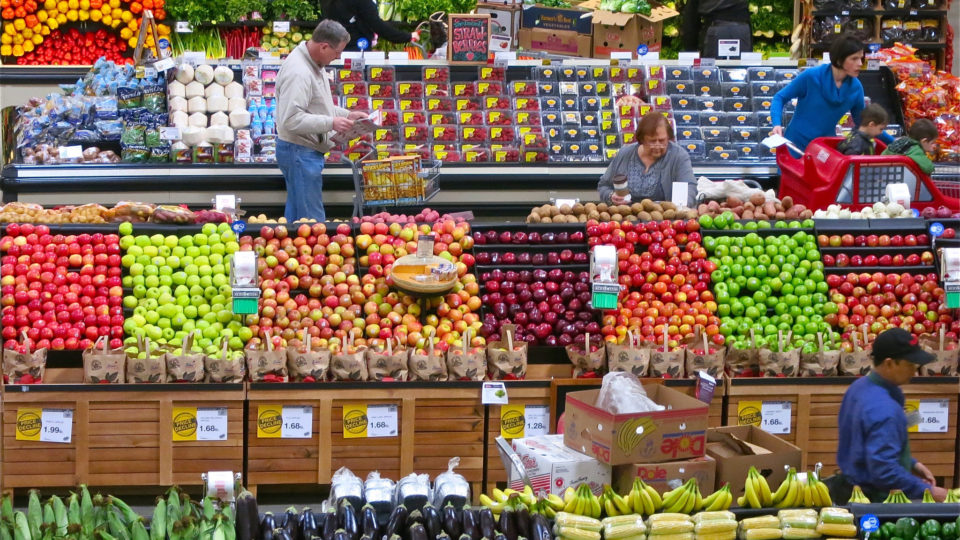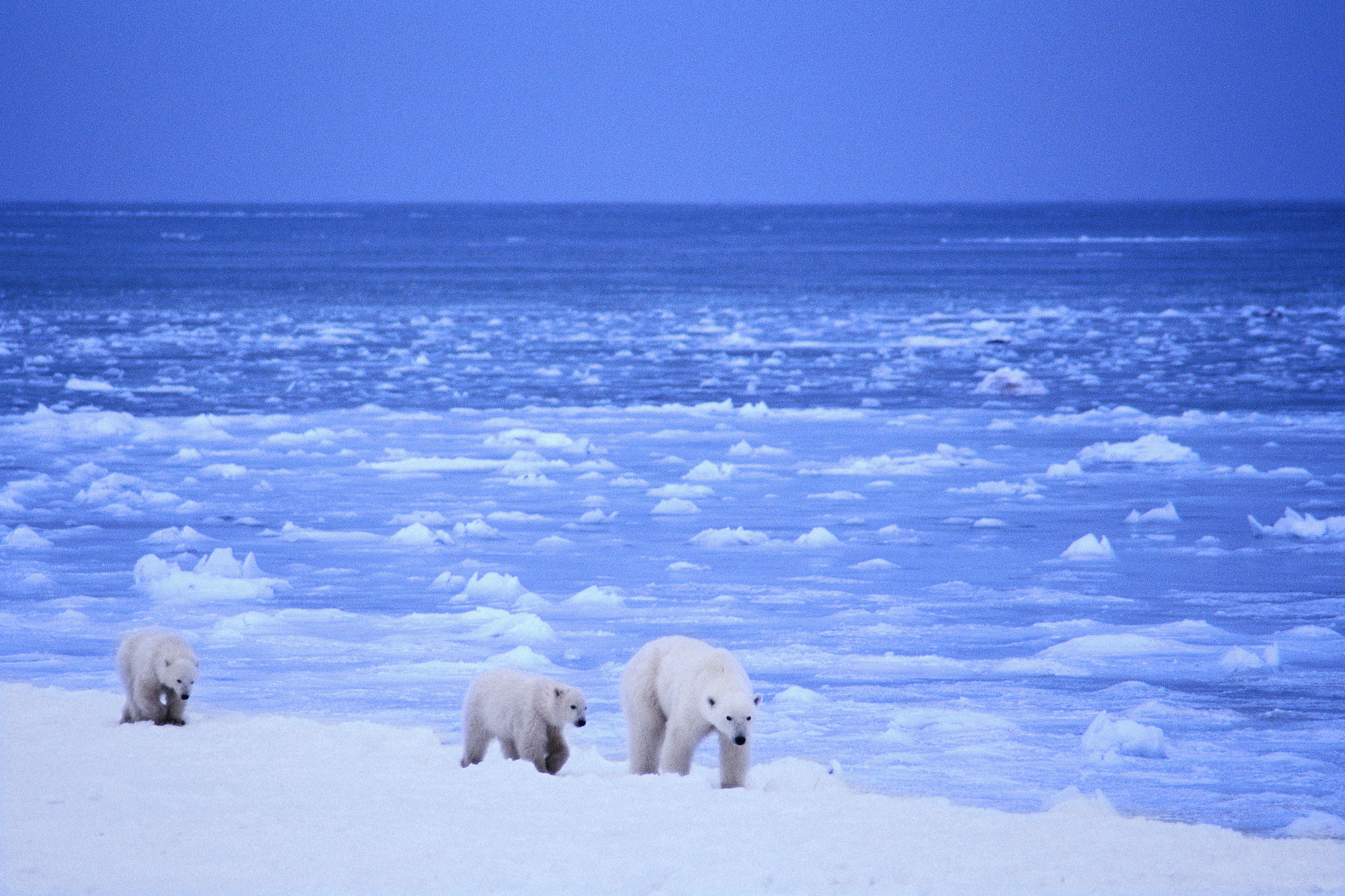A new study by the University of Vermont in collaboration with researchers from three Latin American countries looked at the effects of birds and bees on coffee crops. They found that coffee beans are bigger and more plentiful when birds and bees team up to protect and pollinate coffee plants.
The real-world study manipulated coffee plants across 30 farms by excluding birds and bees with a combination of large nets and small lace bags. They looked at four scenarios: bird activity alone (pest control), bee activity alone (pollination), no bird and bee activity at all, and a natural environment where birds and bees were free to pollinate and eat insects that otherwise damage coffee plants.
The study looked at fruit set, fruit weight, and fruit uniformity – important factors that determine the quality and price of the coffee crop. The results were that the combined positive effects of birds and bees were greater than their individual effects. Without birds and bees, the average coffee yield on the farms declined nearly 25%. That is important information for the $26 billion coffee industry.
A surprising result of the study is that many birds providing pest control to coffee plants in Costa Rica had migrated thousands of miles from Canada and the U.S.
Previous studies looked at the benefits of natural factors separately and then added them up. But the new study demonstrates that nature is an interacting system with both synergies and trade-offs. Past assessments of individual ecological services may have underestimated the benefits biodiversity provides to agriculture and human wellbeing. Ecosystems services are more valuable together than separately.
**********
Web Links
The Secret to Better Coffee? The Birds and the Bees
Photo, posted March 2, 2012, courtesy of Caroline Gluck/Oxfam via Flickr.
Earth Wise is a production of WAMC Northeast Public Radio.
